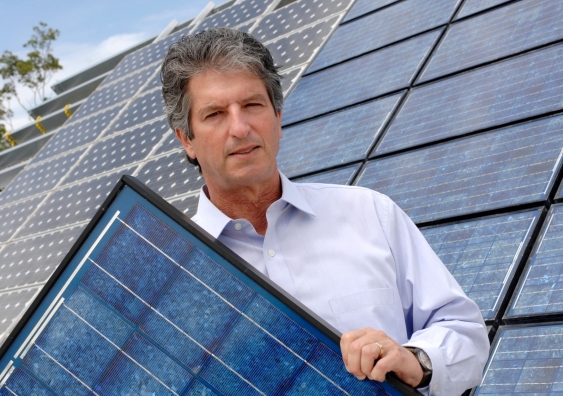From pv magazine Global
The international research group led by Professor Martin Green from the University of New South Wales in Australia has published Version 58 of Solar cell efficiency tables in Progress in Photovoltaics.
“In Version 58, we report 10 new results largely since January 2021,” Green told pv magazine. “Those of most interest will likely be the 4 new perovskite cell, minimodule and tandem cell results, although new efficiencies for more commercially relevant silicon heterojunction and TOPCon cells are also reported.”
Since 1993 when the Tables were started, the research group saw major improvements in all cell categories. “Copper, indium, gallium and selenium (CIGS) and multijunction cells have seen the most consistent gains, although perovskites have recently seen similar overall gains compressed into a shorter timescale,” Greener specified.
He also explained that the most important criterion for inclusion in the tables is that the results be independently measured at a test centre on the group’s list. “As well as efficiency, we now publish the cell’s current-voltage and spectral response curve and sometimes include cryptic comments on measurement procedure or general comments on likely cell stability,” he emphasised. “The industry has shown that improved efficiency is the key to lower cost, stressing its fundamental importance, although stability is also a key factor as well as, for mass deployment, abundance and non-toxicity of the cell’s constituent materials.”
According to the scientist, the more mature cell materials, such as silicon and gallium arsenide (GaAs) are close to demonstrating their full potential, although still plenty of scope for improvement by combining with other materials in multijunction cells. “Organic solar cells have seen a recent burst in performance that I think will take them to over 20% efficiency while other earth-abundant, non-toxic cells such as those based on kesterite (CZTS) still have massive scope for improvement,” he added.
Referring to the importance of independent third-party certification of the achieved efficiencies, Green said that history has shown, on multiple occasions, that it is unwise to trust cell results based on “in-house” measurements. “All of our recognised test centres are carefully vetted prior to inclusion on our list and have been involved in round-robin testing with one another, ensuring consistency of measurements to well within the uncertainty estimates included with the published results,” the professor stated.
The research group includes scientists from the European Commission Joint Research Centre (JRC), Germany’s Fraunhofer Institute for Solar Energy Systems (Fraunhofer ISE), Japan’s National Institute of Advanced Industrial Science and Technology (AIST), and the US Department of Energy, National Renewable Energy Laboratory (NREL).
This content is protected by copyright and may not be reused. If you want to cooperate with us and would like to reuse some of our content, please contact: editors@pv-magazine.com.









By submitting this form you agree to pv magazine using your data for the purposes of publishing your comment.
Your personal data will only be disclosed or otherwise transmitted to third parties for the purposes of spam filtering or if this is necessary for technical maintenance of the website. Any other transfer to third parties will not take place unless this is justified on the basis of applicable data protection regulations or if pv magazine is legally obliged to do so.
You may revoke this consent at any time with effect for the future, in which case your personal data will be deleted immediately. Otherwise, your data will be deleted if pv magazine has processed your request or the purpose of data storage is fulfilled.
Further information on data privacy can be found in our Data Protection Policy.